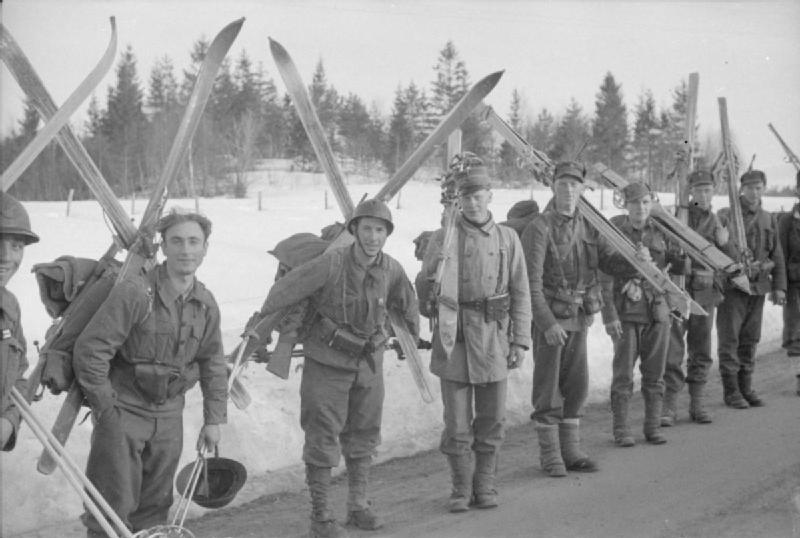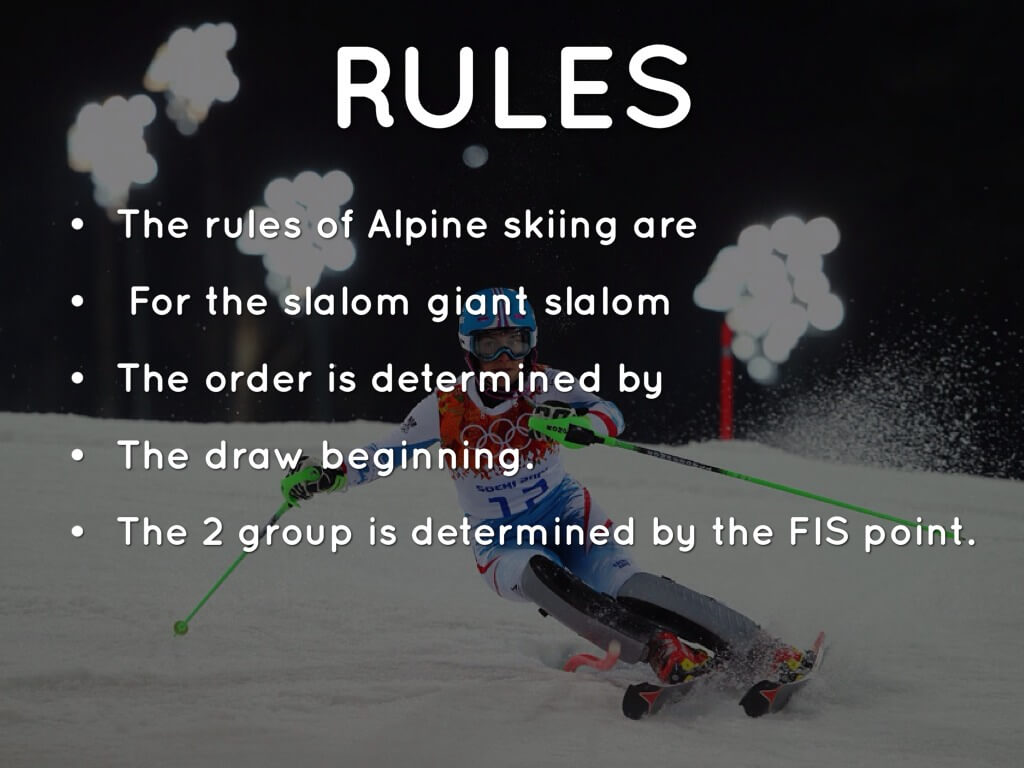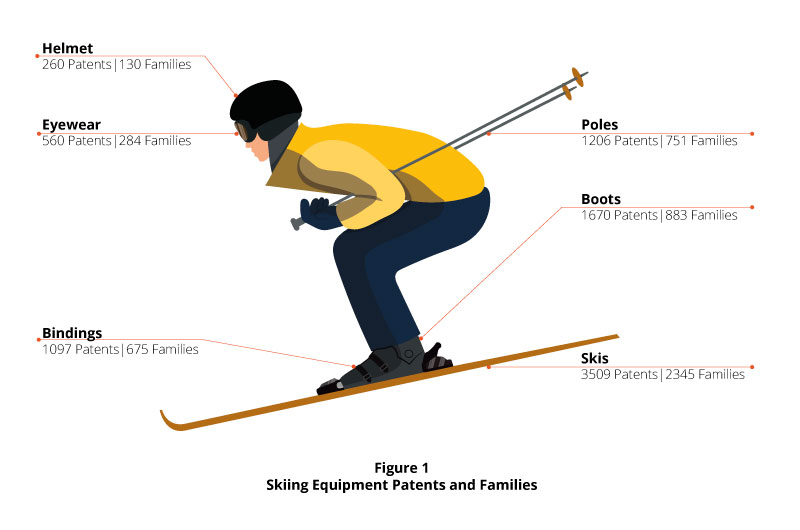Skiing, or traveling over snow on skis, has a history of at least eight millennia. The earliest archaeological examples of skis were found in Russia and date to 6000 BCE. Although modern skiing has evolved from beginnings in Scandinavia, 5000-year-old wall paintings suggest the use of skis in the Xinjiang region of what is now China. Originally purely utilitarian, starting in the mid-1800s skiing became a popular recreational activity and sport, becoming practiced in snow-covered regions worldwide, and providing a market for the development of ski resorts and their related communities.
Down Hill Skinning
History
The first recorded organized skiing exercises and races are from military uses of skis in Norwegian and Swedish infantries. For instance, details of military ski exercises in the Danish-Norwegian army from 1767 are retained: Military races and exercises included downhill in rough terrain, target practice while skiing downhill, and 3 km cross-country skiing with a full military backpack.


Rules
For Rookie Mushers Planning to Run the 2019 (or later) Iditarod Trail Sled Dog Race
If you are a rookie musher planning on entering a future Iditarod, you must get a report card from your qualifying races completed by race officials and returned to the Iditarod office within 10 days of the end of the qualifying race. It is YOUR responsibility to advise officials prior to the start of the race that you are using that race for a qualifier and will need the report card completed and to provide officials with the correct form, which you will find on the website along with the other paperwork. That way, officials will know ahead of time to watch you so they can complete the report card. You should do that if there is any slight thought in your head about one day running the Iditarod. There is no time frame on completing qualifiers.

Equipments
Skis
Asymmetrical skis were used at least in northern Finland and Sweden up until the 1930s. On one leg the skier wore a long straight non-arching ski for sliding and on the other a shorter ski for kicking. The bottom of the short ski was either plain or covered with animal skin to aid this use, while the long ski supporting the weight of the skier was treated with animal fat in a similar manner to modern ski waxing. An early record of this type of skis survives in works of Olaus Magnus. He associates them to Sami people and gives Sami names of savek and golos for the plain and skinned short ski. Finnish names for these are lyly and kalhu for a long and short ski.
Bindings
Old ski binding
In the early days of skiing the binding was also similar to those of a contemporary snowshoe, generally consisting of a leather strap fastened over the toe of the boot. In the 1800s, skiing evolved into a sport and the toe strap was replaced by a metal clip under the toe. This provided much greater grip on the boot, allowing the ski to be pushed sideways. The heel strap also changed over time; in order to allow a greater range of motion, a spring was added to allow the strap to lengthen when the boot was rotated up off the ski.
This buckled strap was later replaced by a metal cable. The cable binding remained in use and even increased in popularity, throughout this period as cross-country skiing developed into a major sport of its own. Change eventually came through the evolution of the Rottefella binding, first introduced in 1927. The original Rottefella eliminated the heel strap, which held the boot forward in the binding, by drilling small holes in the sole of the boot which fit into pins in the toe piece. This was standardized as the 3-pin system, which was widespread by the 1970s. It has now generally been replaced by the NNN system.
The introduction of ski lifts in 1908 led to an evolution of skiing as a sport. In the past, skiers would have to ski or walk up the hills they intended to ski down. With the lift, the skiers could leave their skis on and would be skiing downhill all the time. The need to unclip the heel for cross-country use was eliminated, at least at resorts with lifts. As lifts became more common, especially with the introduction of the chairlift in 1936, the ski world split into cross-country and downhill, a split that remains to this day.
In 1937 Hjalmar Hvam broke his leg skiing, and while recuperating from surgery, invented the Saf-Ski toe binding.
Poles:
Early skiers used one long pole or spear. The first depiction of a skier with two ski poles dates to 1741. In 1959 Ed Scott introduced the large-diameter, tapered shaft, lightweight aluminum ski pole.
Glide and grip
Johannes Scheffer in Argentoratensis Lapponiæ (History of Lapland) in 1673 probably gave the first recorded instruction for ski wax application He advised skiers to use pine tar pitch and rosin. Ski waxing was also documented in 1761.
1934 saw limited production of solid aluminum skis in France. Wax does not stick to aluminum, so the base under the foot included grips to prevent backsliding, a precursor of modern fish scale waxless skis. In 1970 waxless Nordic skis were made with fishscale bases. Klister, a sticky material, which provides grip on snow of all temperatures that have become coarse-grained as a result of multiple freeze-thaw cycles or wind packing, was invented and patented in 1913 by Peter Østbye. Recent advancements in wax have been the use of surfactants, introduced in 1974 by Hertel Wax, and fluorocarbons, introduced in 1986, to increase water and dirt repellency and increase glide. Many companies, including Swix, Toko, Holmenkol, Briko, and Maplus are dedicated to ski wax production and have developed a range of products to cover various conditions.
Association
International organizations
- International Biathlon Union (IBU)
- International Ski Federation (FIS)
- International Ski Instructors Association (ISIA)
- International Skiing History Association (ISHA)
National organizations
- Iran Ski Federation
- US National Ski Hall of Fame
- Professional Ski Instructors of America
- Swiss Ski Association (in French and German)
- British Association of Snowsport Instructors
- Ski Club of Great Britain
- United States Ski and Snowboard Association
- Croatian Ski Association / Hrvatski skijaški savez (HSS)
- National Ski Patrol
- CSIA – Canadian Ski Instructors’ Alliance
- Alpine Canada Alpin
- S. Ski Team
- S. Ski and Snowboard Association
- New Zealand Snowsports Instructors Alliance
- Snowsport GB – The British Ski and Snowboard Federation
- CFSA – Canadian Freestyle Ski Association
- SAHK – Ski Association of Hong Kong, China Limited
- Nederlandse Ski Vereniging – Dutch Ski Association






